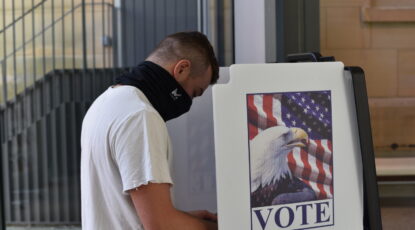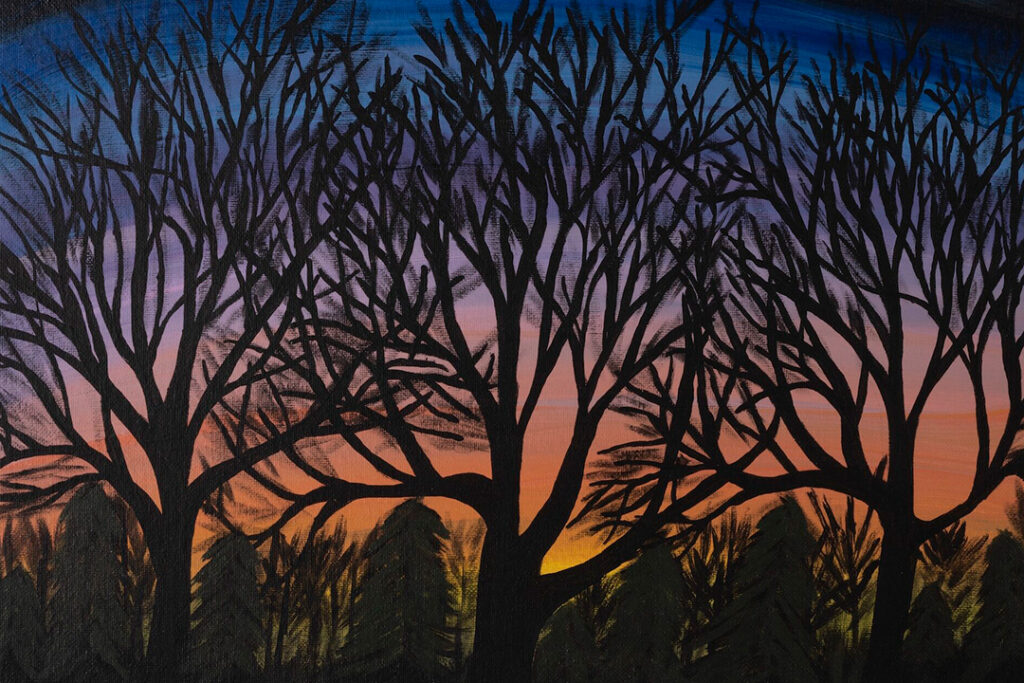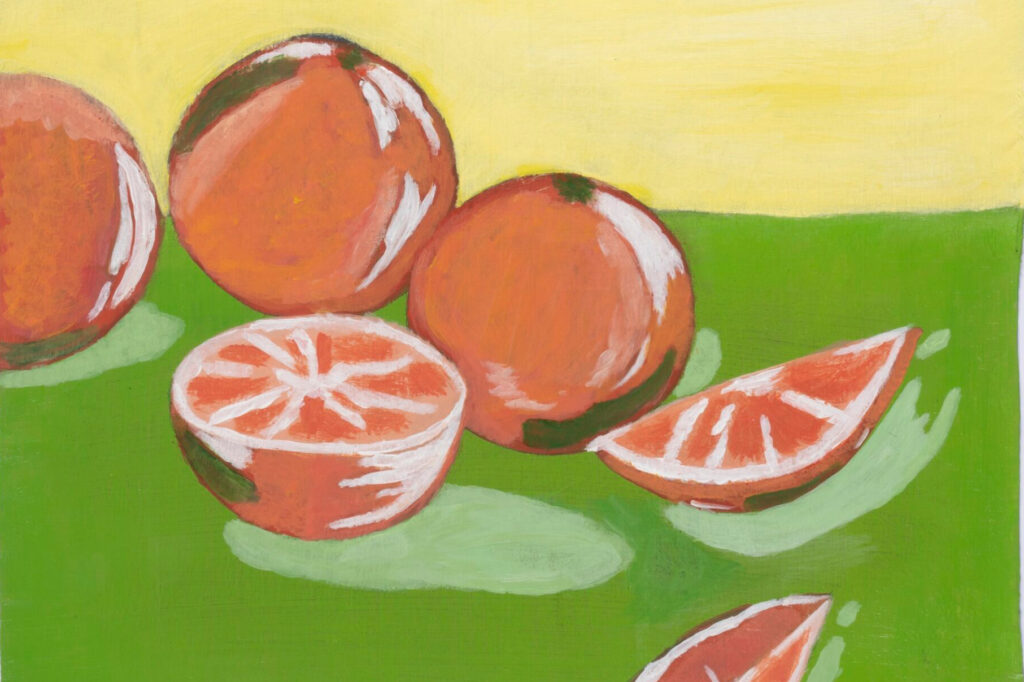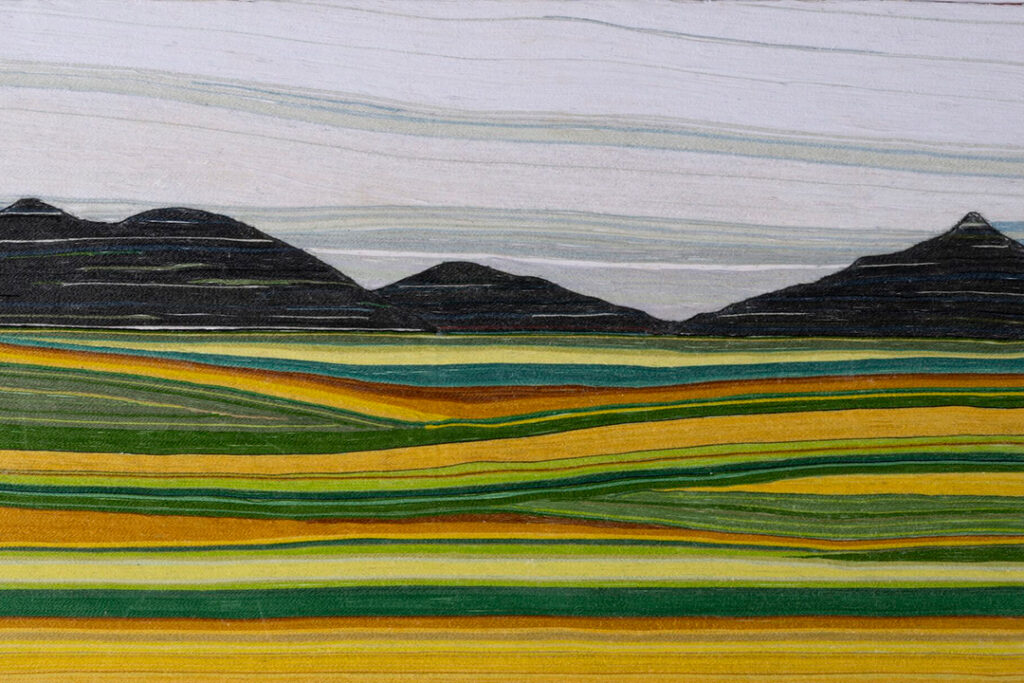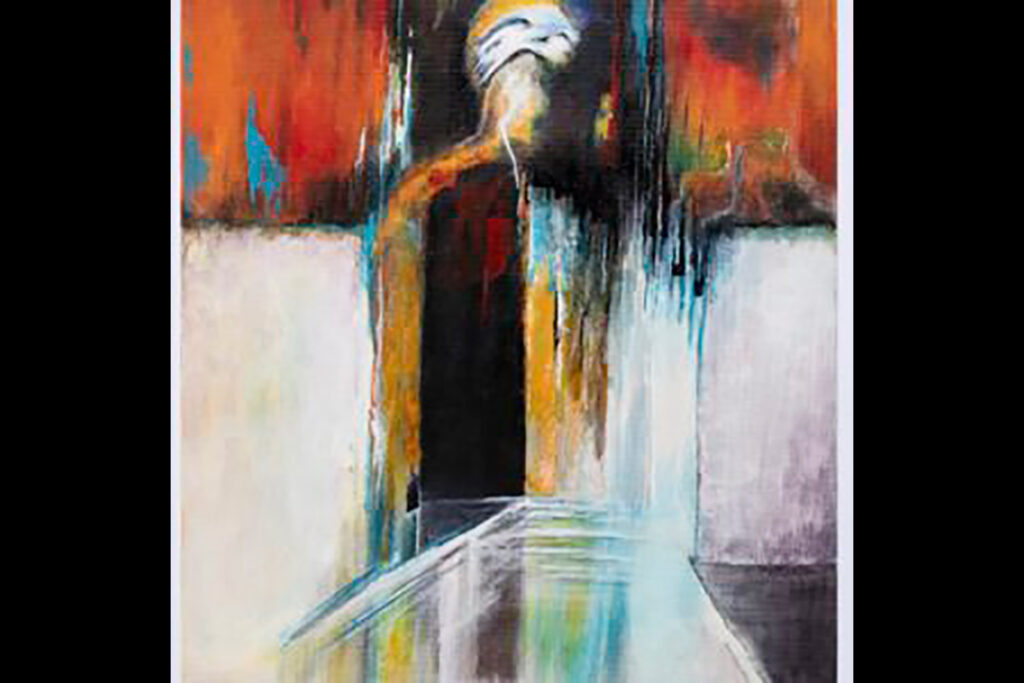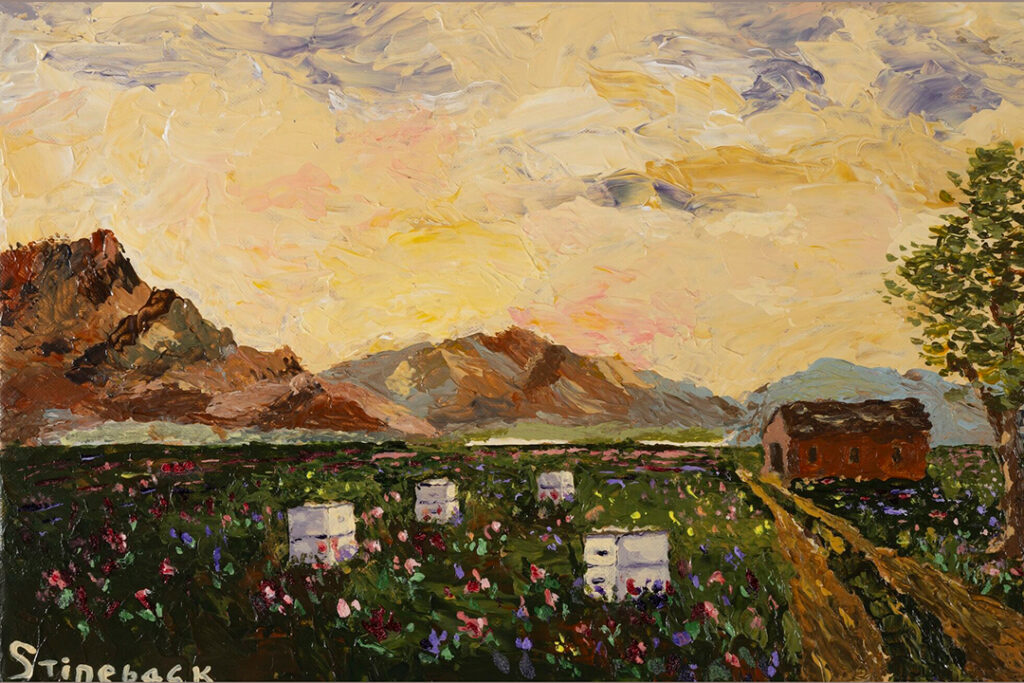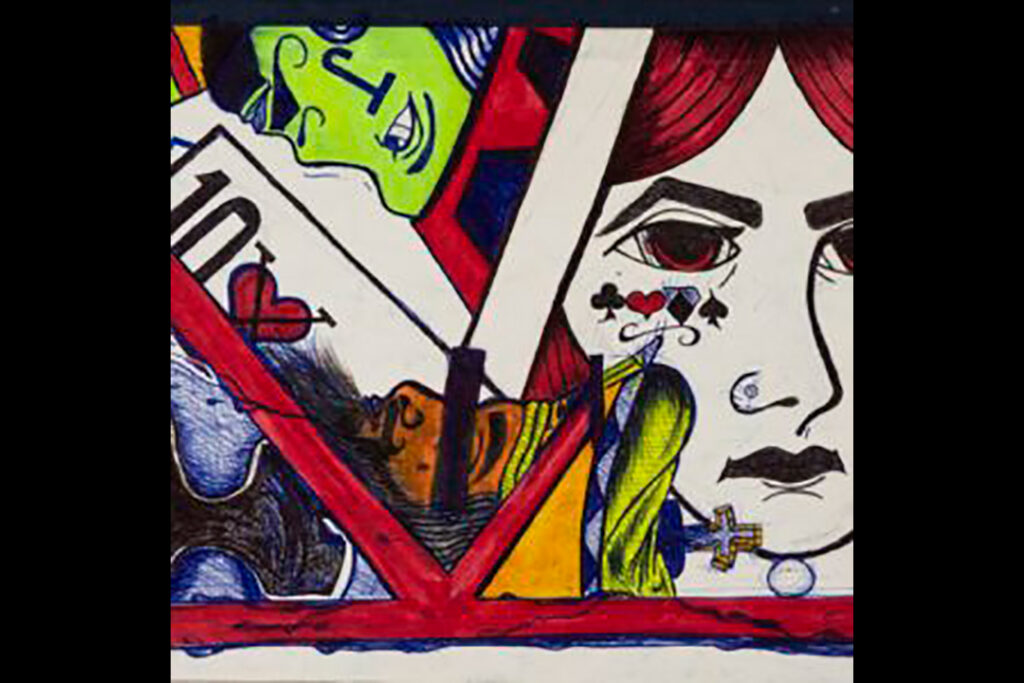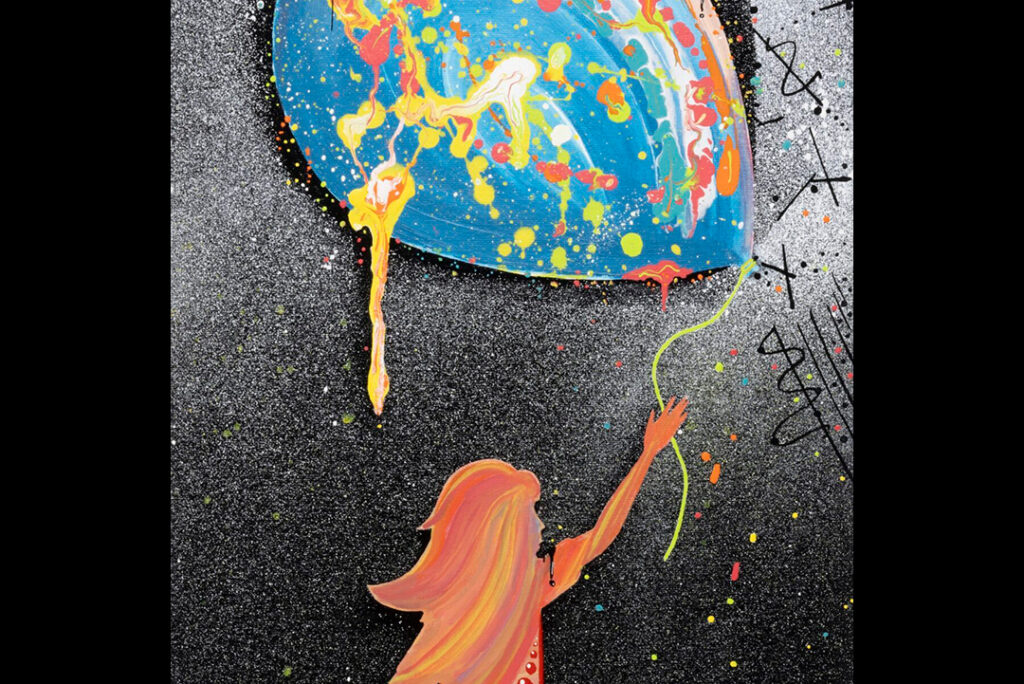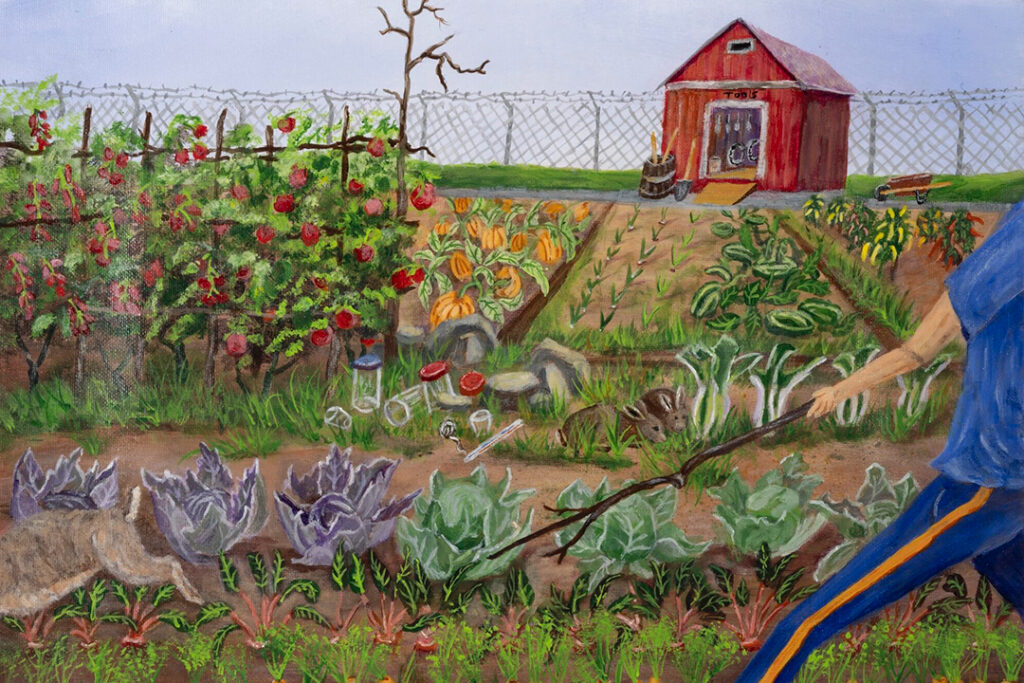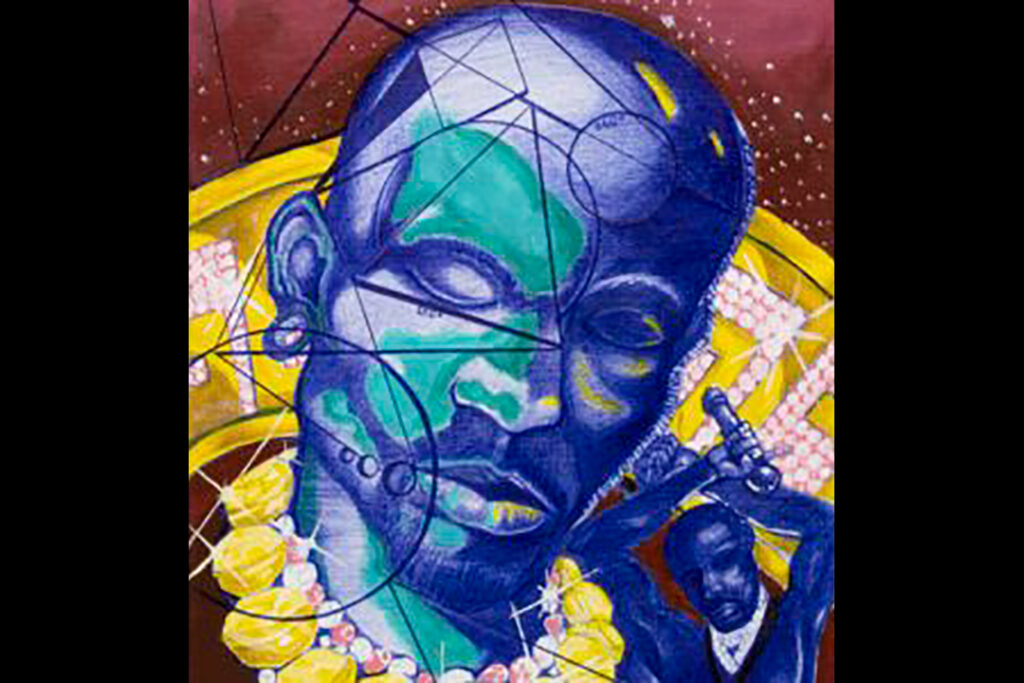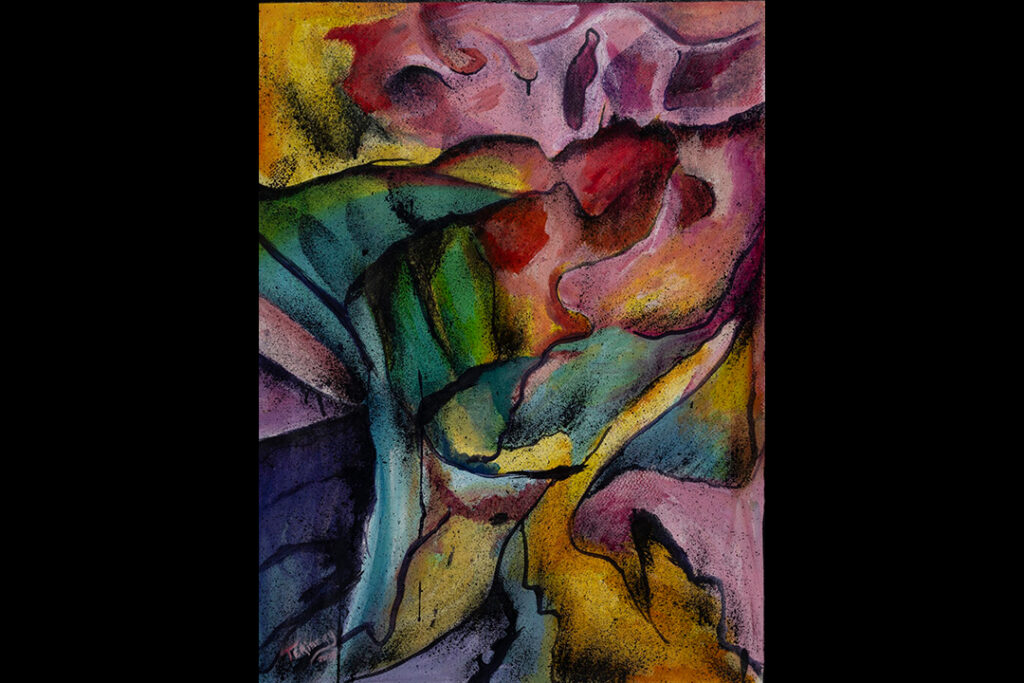Filling a gap: U-M students help combat Michigan’s shortage of rural dentists

Northern Michigan resident Becky Klein was surprised to learn that the dentists at the Thunder Bay Community Health Service clinic were students from the U-M School of Dentistry. They turned out to be just as competent and professional as seasoned practitioners, she said, and excellent communicators.
-
U-M shifts to saliva-based surveillance testing for COVID-19
Changes include streamlined sign-up, more locations, 6K weekly capacity.
-
Building an anti-racist world through the arts
U-M’s annual DEI Summit goes virtual with an arts-oriented program Oct. 26. Actor Wendell Pierce (“The Wire,” “Treme”) is a featured speaker; Pierce is participating in the Digital Artist Residency at UMS.
-
Satellite clerk’s office at UMMA registers thousands to vote
The satellite city clerk’s office registers about 150-200 students per day. As of Oct. 13, more than 2,600 students registered and more than 2,900 voted in person at UMMA or by returning their ballot to the museum’s drop box.
-
More than 1.3M jobs, $82B in wages tied to Great Lakes, study shows
The coastal counties of the eight Great Lakes states produce 21 percent of the gross domestic product in the region and 5.8 percent of the United States’ GDP.
-
Celebrate #HomecomingAtHome
While the U-M Alumni Association will not host an in-person Homecoming Tailgate this year, they have scheduled several virtual events during Homecoming Week for you to take part in.
-
U-M experts discuss global impact from Trump testing positive for COVID-19
Specialists in epidemiology, public health, media, global politics, and more weigh in on the ‘October surprise’ no one was expecting.
Columns
-
President's Message
Reaffirming our focus on student access and opportunity
U-M seeks to ensure every student will rise, achieve, and fulfill their dreams. -
Editor's Blog
Peace out
It's a mad, mad, mad, mad world out there. -
Climate Blue
Keeping our focus on climate
As federal support for climate science wanes, Ricky Rood remains hopeful. -
Health Yourself
Are you an ‘ager’ or a ‘youther’?
Why do some people appear younger or older than people born in the same year?
Listen & Subscribe
-
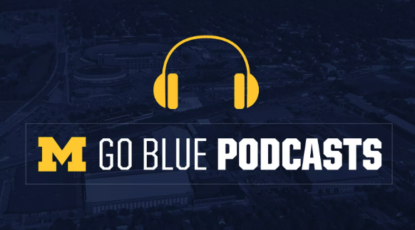
MGo Blue podcasts
Explore the Michigan Athletics series "In the Trenches," "On the Block," and "Conqu'ring Heroes." -

Michigan Ross Podcasts
Check out the series "Business and Society," "Business Beyond Usual," "Working for the Weekend," and "Down to Business." -
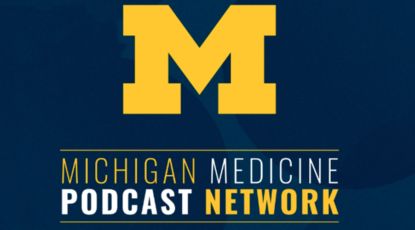
Michigan Medicine Podcasts
Hear audio series, news, and stories about the future of health care.
Creativity and connection across prison walls
One of the world’s largest and longest-running exhibitions of incarcerated artists is back with new programming designed to foster connection and deepen public understanding of incarceration in Michigan. The 29th annual Exhibition of Artists in Michigan Prisons, curated by U-M’s Prison Creative Arts Project, showcases 772 artworks by 538 artists incarcerated in 26 state prisons. The Duderstadt Center Gallery on U-M’s North Campus is presenting the artwork through April 1.



